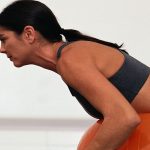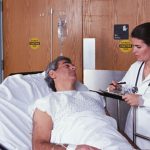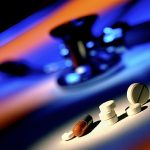
More American women under age 65 have been diagnosed sooner and treated earlier for ovarian cancer since the Affordable Care Act went into effect in 2010, new research shows. And, more women received treatment within 30 days of diagnosis, improving their survival odds, the researchers said. For the study, the investigators analyzed data from the U.S. National Cancer Database. They compared nearly 36,000 women who were diagnosed and treated between 2004 and 2009, with more than 37,000 women diagnosed and treated between 2011 and 2014. Women in both groups were between 21 and 64 years of age. A similar number of seniors with ovarian cancer was used as a control group, because those women had access to Medicare and were much less likely to be uninsured before or after introduction of the Affordable Care Act, also known as Obamacare. Compared with the control group, there was a 1.7% gain in early-stage diagnosis and a 1.6% improvement in treatment within 30 days of diagnosis among younger women since 2010, the findings showed. The greatest gains were among women who got public insurance after the Affordable Care Act was introduced. These women had a 2.5% gain in early-stage diagnosis and timely treatment compared with the control group. The improvements were seen regardless of race, income or level of education. While a 1.7% improvement in early diagnosis may… read on >
















